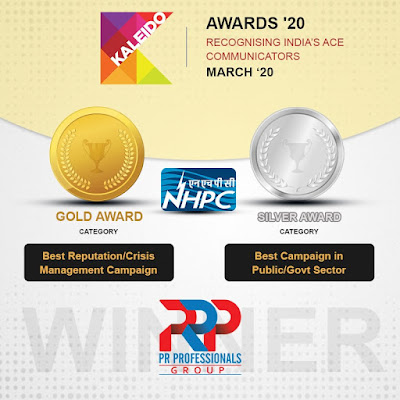An Overview of Corporate Reputation Management
To break introduction lines and get right down to the subject matter, Reputation Management as the name suggests is a method to regulate a company’s perception by positively channelling its portrayal through the media. Corporate Reputation and Trust are now increasingly recognized as a company’s biggest assets. It is now a well-accepted fact that balance sheets and profit statements alone cannot carry a company to realise its warranted potential. Survival and growth rely upon fluidity and a successfully computable system that encourages transition without disrupting normal functions of a corporate structure. In this digital age every bit of news has a record and negative publicity can lead to a domino effect in loss, whereby recovering reputational equity becomes a stumbling block. Those that can rise to the challenge can raise stock-value while setting the platform to counter challenges by activists, regulators and/or plaintiffs.
The ever changing global landscape has armed stakeholders ranging from buyers, employees, consumers, media persons, NGOs, suppliers, financial analysts with information to gauge a company’s ascent or descent not only on economic lines but their standing in the common place. In an age where ideas are displacing strictly quantifiable factors reducing dependability on physical aspects, garnering support via fierce competition in reputation to generate economic value, has propelled the industry into a new character of race. The company itself cannot be the sole benefactor of brand promotion. The industrial landscape is streamlining profits by means of association, whether it be a process of creating comprehensive strategies to deepen understanding, build trust and mitigate risk in complex, ever-changing environments through customer advertising.
The means of communication now have crossed traditional boundaries and given strength to buyer’s voice, which has enormous potential to enhance referrals due to satisfied customers. The private sector has always been eyed suspiciously for its inner workings and some level of independency from government interferences. However, regulations, standard norms bringing all and sundry within the fray of public scrutiny to satisfy demands for transparency has heightened urgency to invest in administering positive doses of reputation while diversifying the role of senior leaders. The top leadership is suddenly faced with the No.1 concern of reputational risk apart from financial risks to tackle the hurdle of regulatory watchdogs as well. In this regard a positive reputation can improve relations with officials and strengthen public trust.
The perks of positive consumerism extends to relationships with the right strategic and business partners who utilize resources to recognize, attract, develop and retain rising talent; establish benefit of the doubt by stakeholders in times of crisis; raise capital or share price; and in some cases, the option to charge premium prices. The management of reputation can take place at two levels.
1. Strategic Building from the Start including employee inputs via standardization through Corporate Public Relations.
2. Reputation Recovery Methodologies to grapple before and after a Crisis by uncovering, defining, exemplifying and amplifying the company’s authentic identity, through a rigorous re-establishment programme.
Public Relations strategies play a vital role in minimizing loss through structured customization that resonate with stakeholders and revive the business mission. It is imperative to continue a healthy dialogue with the media at all junctions while dealing with a crisis. A successful leader will engage with the critics and keep the company at eye level with the interested audience, namely consumers, analysts, shareholders etc. Well-crafted replies inspire confidence and assuage the blow whether financial or otherwise. After the dust has settled down, a company must launch a stringent drive to analyse its shortcomings, answer the ‘what’, ‘why’, ‘how’ and implement solutions to last in the longer run. The tricky part is restoration of the normal order. After a system has been thoroughly shaken, braving the consequences usually decides whether the new model will work or not. This can be achieved by ‘living’ the motto of the company. A company’s work force is its backbone. They also need upbeat and holistic growth agendas to restart the bandwagon, which must fuse their needs with the company’s and focus on minimizing reputation risk. Most times, step by step growth in the manner of a marathon which acts like a fully functioning body or a well-oiled mechanism serves its own purpose with little assistance on the PR front.
An approach to managing corporate reputation must require standardized definition of the vision, mission, values and strategy of the organization. Through engagement by the top brass to consistently embrace and subsequently commit to protecting while promoting corporate communication ensures it to be a priority among employees and helps create a sustainable structure.


Comments
Post a Comment